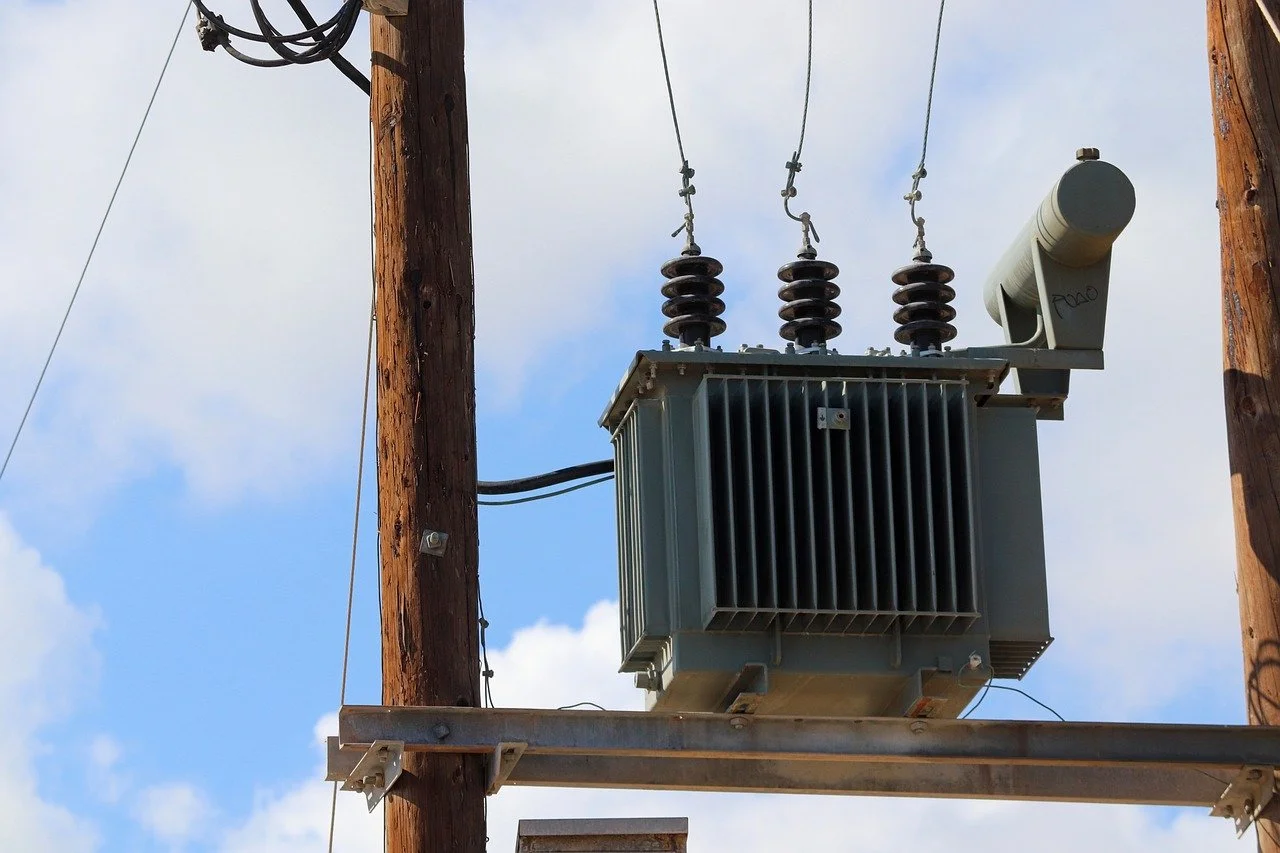In the bustling world of manufacturing and infrastructure, there's a quiet hero working behind the scenes: the industrial transformer.
What Makes Transformers Tick?
Transformers are like the unsung wizards of electricity. They work by playing with magnetic fields and wires to change the voltage of electrical currents. Picture this: you've got your primary winding and your secondary winding, wrapped around a magnetic core. When electricity flows through one winding, it creates a magnetic field that induces a current in the other winding. Voila! Energy transfer complete.
Inside the Transformer Box
Core: Think of it as the transformer's heart, made of laminated steel to keep energy losses at bay.
Windings: These are like the transformer's nerves, carrying electricity through coils of wire.
Insulation: It's like the transformer's armor, keeping everything safe and snug.
Cooling System: Just like we need a cool breeze on a hot day, transformers need a cooling system to stay chill and perform their best.
Where Do Transformers Work Their Magic?
Various industrial transformers are everywhere, silently powering up our world in ways we might not even notice.
In the Factory
Keeping the Lights On: Transformers ensure the lights stay on and the machines keep humming in manufacturing plants.
Keeping Things in Control: They help control circuits, making sure everything runs smoothly and efficiently.
Protecting the Gadgets: Transformers act as guardians, shielding sensitive equipment from electrical hiccups.
In Our Neighborhoods
Powering Up the Grid: Ever wonder how electricity travels to your home? Transformers play a vital role, stepping up voltage for long-distance travel and stepping it down for everyday use.
Welcoming Renewable Energy: As we embrace solar panels and wind turbines, transformers help integrate these clean energy sources into our power grids.
What's Next for Transformers?
The world of transformers is buzzing with innovation, paving the way for a brighter, more efficient future.
Smart Transformers
Getting Smarter: Imagine transformers that can talk! Smart transformers use sensors and fancy tech to monitor their health in real-time.
Preventing Meltdowns: By analyzing data, these transformers can predict when they might need a little TLC, saving us from unexpected power outages.
Going Green
Eco-Friendly Upgrades: Transformers are getting a green makeover with more efficient designs and earth-friendly materials.
Saving the Planet: These eco-friendly upgrades help reduce energy waste and minimize our carbon footprint.
Embracing Digital Twins
Seeing Double: Digital twin technology creates virtual replicas of transformers, letting engineers play around with designs and predict performance.
Planning for the Future: By understanding how transformers age and behave, we can make smarter decisions and keep our energy systems running smoothly.
Challenges on the Horizon
Despite their superpowers, transformers face a few hurdles on the road to progress.
Aging Infrastructure
Time for an Upgrade: Many transformers are getting up there in years and need a little sprucing up to keep pace with modern demands.
Revamping the Old: We're investing in updating our energy systems to ensure they're up to snuff for the challenges ahead.
Cybersecurity Concerns
Guarding Against Attacks: As transformers get smarter and more connected, we need to beef up their cybersecurity to keep the bad guys at bay.
Navigating the Energy Transition
Going Green: As we shift towards cleaner energy sources, transformers need to adapt to new challenges and opportunities.
Keeping the Lights On: It's a balancing act, making sure our energy systems can handle the ups and downs of renewable power.
Transformers, the Unsung Heroes
Transformers might not have capes or catchy theme songs, but they're the backbone of our modern world. From factories to neighborhoods, they quietly power up progress, making our lives easier and greener.
FAQ: Uncovering the Mysteries of Transformers
Q: Are transformers only used in big factories and power grids? A: While transformers do play a crucial role in industrial settings and power grids, they can also be found in smaller-scale applications like household appliances and electronic devices.
Q: Do transformers consume electricity even when they're not actively transferring energy? A: Transformers do experience some energy losses due to factors like resistance in the windings and core, but modern designs strive to minimize these losses through efficient construction and materials.
Q: Can transformers be dangerous to work with? A: Like any electrical equipment, transformers can pose risks if mishandled or improperly maintained. It's essential to follow safety protocols and procedures when working with transformers to ensure the well-being of personnel and equipment.
Q: How long do transformers typically last? A: The lifespan of a transformer can vary depending on factors such as usage, operating conditions, and maintenance practices. With proper care and maintenance, transformers can often last several decades.
Q: Are there any environmental concerns associated with transformers? A: While transformers themselves are generally safe for the environment, some older models may contain hazardous materials such as PCBs (polychlorinated biphenyls) in their insulation. Proper disposal and recycling practices are essential to mitigate any potential environmental impact.


